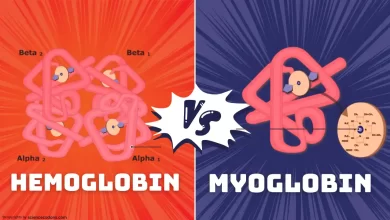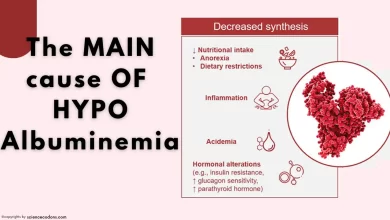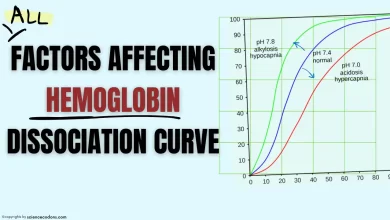
Hemopexin B1 is a glycoprotein composed of a polypeptide chain and contains approximately 20% carbohydrates. Hemopexin’s molecular weight is around 70,000. Hepatocytes are responsible for synthesizing Hemopexin. Hemopexin blood levels are low at birth but reach normal levels within a year.
| Property | Description |
|---|---|
| Name | Hemopexin |
| Also Known As | Beta-1B-glycoprotein |
| Gene | HPX |
| Family | Hemopexin family of proteins |
| Function | Binds heme with high affinity, critical for recycling the iron bound to heme molecules and for protecting against heme-induced cellular damage |
| Synthesis | It is mainly synthesized in the liver and expressed in the spleen and bone marrow. |
What is the function of Hemopexin?
Hemopexin, similar to haptoglobin, plays a crucial role in maintaining iron balance in the body. Hemopexin prevents the urinary excretion of iron by binding to it. In general, during intravascular hemolysis, haptoglobin, Hemopexin, and albumin prevent the urinary excretion of iron in the form of hemoglobin or hemichrome.
Hemopexin in hemolytic anemia
Reduced hemopexin levels are observed during intravascular hemolysis, urinary protein excretion, and liver failure. The size of Hemopexin is important for evaluating intravascular hemolysis. Unlike haptoglobin, Hemopexin is a weak acute-phase protein, and its synthesis does not change with estrogen therapy. Therefore, Hemopexin reflects the status of intravascular hemolysis more accurately than haptoglobin. After the natural degradation of haptoglobin, the effects of hemolysis can be evaluated by measuring hemopexin levels.






